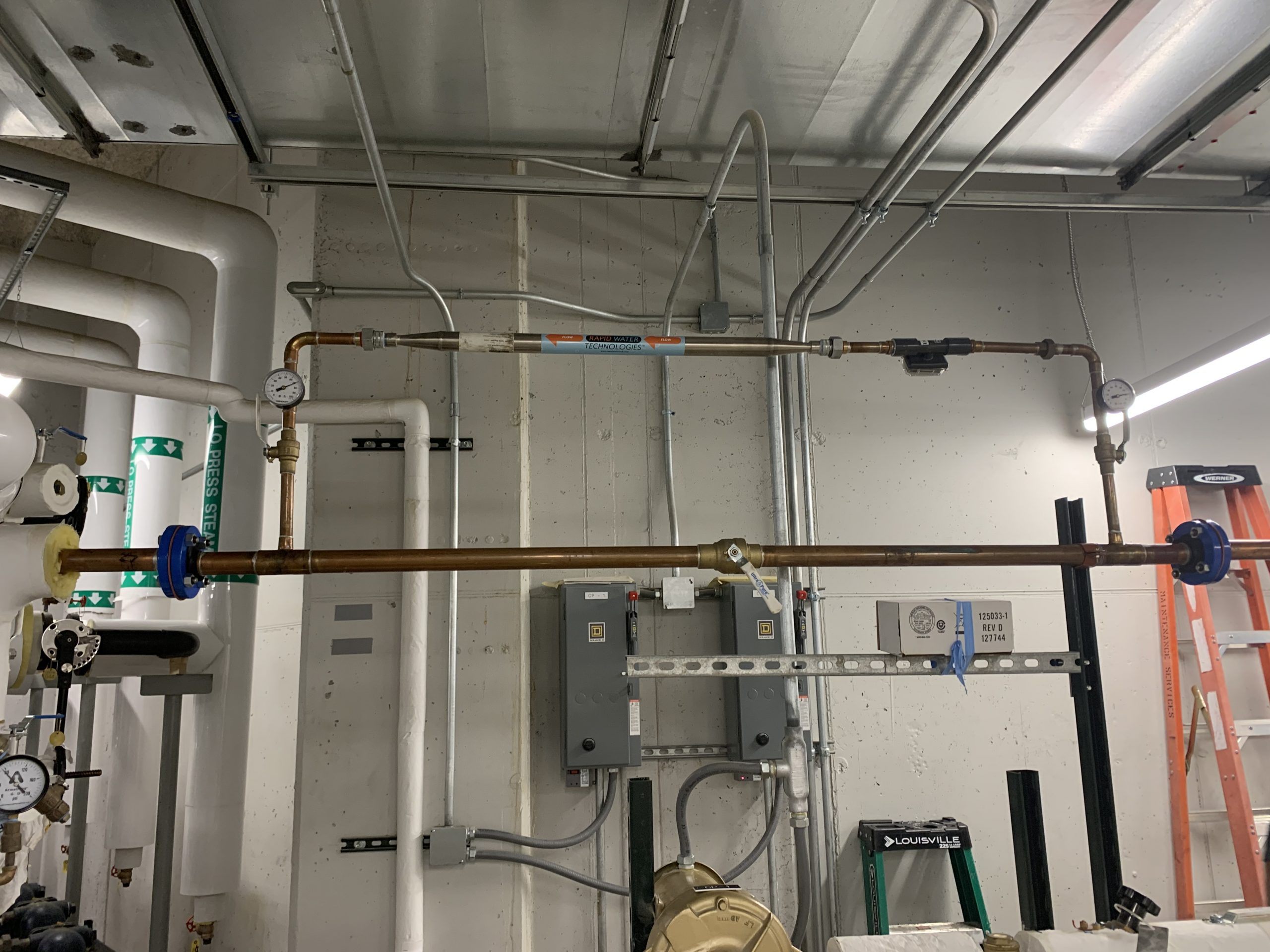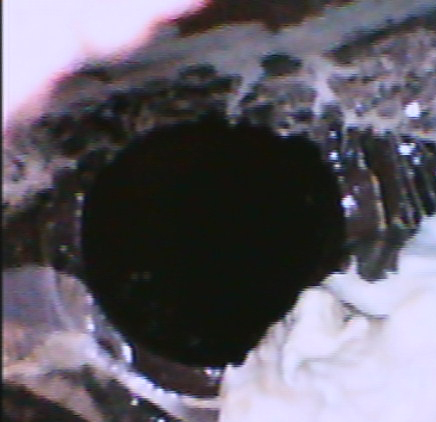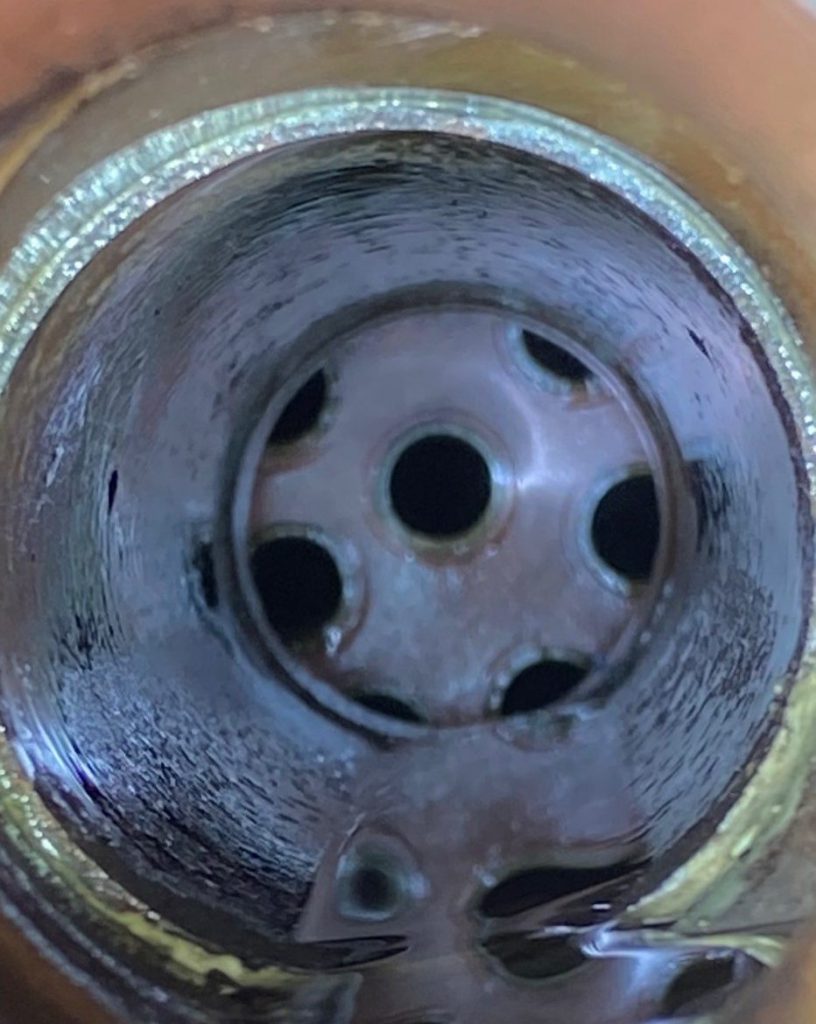By Dave DeVree, Sales Manager
APPA Business Partner Whitepaper Series

Problem: In early 2021, Western Michigan University opened its newest student housing building, Arcadia Flats, an apartment-style living center with 197 units. Within weeks of the first residents moving in, the WMU facilities team was dealing with maintenance issues caused by building’s poor water quality. Strainers, valves, fixtures, and other equipment were frequently plugging. The tube bundles within heat exchangers were fouling just 7-10 days after being cleaned, causing reduced heat transfer and driving up energy costs for the building. In addition, residents on the top floors would begin complaining about the lack of hot water, and an easily observable pressure drop would occur.
“The bundle would close to the point of failure if we didn’t clean it every 10 days or so,” says Stephan Macomber, WMU’s Supervisor in Maintenance Services. “Whenever we pulled the head off for cleaning, the diameter of the tubes would be 3/8” or less.” Standard chemical treatments did little to improve the building’s water issues.
Solution: Macomber decided to pilot a test with Rapid Water Technologies, installing a Nanobubble Generator on the building’s domestic hot water system in July 2021. The simple, sidestream installation required only the smallest model, the Nanobubble Generator H2O1X1, to treat the water flowing through the building’s steam-to-hot-water recirculation system.

Pictured: Rapid Water Technologies Nanobubble Generator installed at Western Michigan University.
Results: After installation of the Nanobubble Generator, the heat exchanger tube bundles have not fouled once, and there have been no pressure drops in the system. The presence of nanobubbles has naturally softened the water and prevented calcium buildup. Recently installed valves have stayed clean and older valves have become cleaner over time.


Pictured: Reduced buildup on tubes after initial installation and again following continued use several months after installation of Rapid Water Technologies Nanobubble Generator.
Instead of cleaning the bundle every 10 days, Macomber anticipates that it will become a yearly chore — preventing more than $17,000 annually in equipment cleaning costs alone. Even better, the maintenance team has yet to receive a single call to service the building’s hot water since installing the Nanobubble Generator.
Future: Domestic hot water for the entire WMU campus falls under Macomber’s purview, and he’s passionate about making sure students have plenty of it. After witnessing the benefits of the Arcadia Flats pilot, he plans to add Rapid Water Technologies Nanobubble Generators to domestic hot water systems in student housing facilities across campus. In addition, new pilots are being planned for other nanobubble applications, such as closed loop shell-and-tube and plate-and-frame heat exchangers.
Posted June 27, 2022
Read more from the APPA Business Partner Whitepaper Series, and learn how to publish your whitepaper with us!
 Create an Account
Create an Account
 Login/myAPPA
Login/myAPPA
 Bookstore
Bookstore
 Search
Search  Translate
Translate